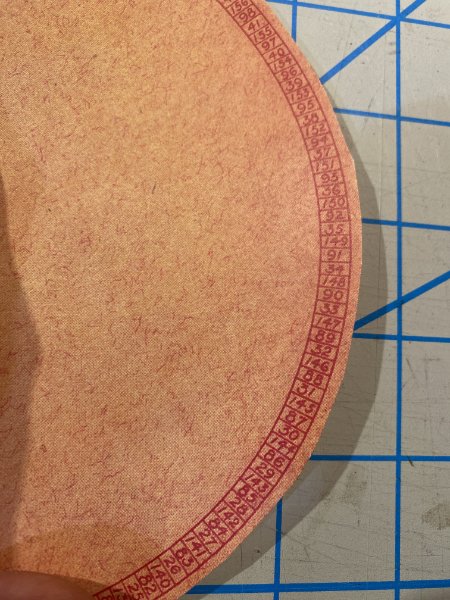Give that wheel a spin and write your bestseller!
/Recently I stumbled across a book so ludicrous I had to buy it: The Plot Genie, by Wycliffe A. Hill.
You can read all about it here, at Bold Venture Press — and begin your own adventure in pulp writing — but the tl;dr version is that Mr. Hill created a randomizer for the major elements of a plot, then filled a book with hundreds of specifics for those elements. You spun a wheel to get a random number, then looked up the number in the appropriate section.
Hill went on to write (assemble?) more volumes of his system for specific genres: detective–mystery, romance, comedy, etc. (These are all available from Bold Venture.)
Since one of my writers at Backstreet is working on a charming — but still fuzzy — murder mystery, I ordered the general index and the mystery volume. They arrived Monday, and so we plunged into them on Tuesday morning.
The little wheel spinny thing was originally published with the books, but given how expensive that is to produce, Bold Venture has provided a free PDF you can download/print/assemble yourself.
That’s the front. Behind it…
…is a wheel with a couple hundred numbers arranged randomly.
I think that I, as a graphic designer, would have gone with black ink for the numbers, but maybe that’s just my aging eyes talking.
So you “spin” the wheel — which must have been a lot easier with the original, or with heavier cardboard — and read the results.
At Backstreet, Jenn and I decided to make it a game, so without reading the instructions in any detail, we set about spinning the wheel and recording the results, she with the mystery volume, me with the general index.
Mr. Hill has provided us with a structure, with a spin of the wheel required for each segment. Those segments are:
LOCALE
CHARACTER
BELOVED
PROBLEM
OBSTACLE TO LOVE
COMPLICATION
PREDICAMENT
CRISIS
CLIMAX
(I’m not going into detail about Hill’s conceptions of these segments; if you’re that intrigued, go buy the book.)
It is worth noting that the main CHARACTER is male and the BELOVED is female, but that relic of the last couple thousand years could easily be adapted to our modern sensibilities.
My results:
LOCALE: a wealthy home
CHARACTER: a photographer
BELOVED: an adventuress
PROBLEM: desired accomplishments opposed by suspicion
OBSTACLE TO LOVE: Beloved is not sure her love is returned
COMPLICATION: deception threatens loss of position
PREDICAMENT: sacrifice to passion endangers life
CRISIS: [I gave this one a pass; all the CRISES were Cecil–B.–Demille–sized disasters, and even after abandoning my assigned number and scanning the list, I just couldn’t see squeezing a religious war into what seemed to be a drawing room comedy.]
CLIMAX: wherein a compromise is worked out between hero and enemy and a minor sacrifice is made
And there you have it, my plot skeleton for a short story that I am supposed to knock out by next Tuesday. Oy.
We may scoff at this overly systematic approach to fiction, but remember that Hill was writing at a time when pulp magazines and the Hollywood studio system were in full swing. If you wanted to make a living as a writer you had to churn out the goods, and the Plot Genie would have been a life-saver.
And if nothing else, it’s a fun way to challenge your creative self and/or to break a creative block.
UPDATE: I think it’s going to be a screenplay, not a short story. This is what comes of watching The Thin Man that night.
-—-—-—-—-—
For further adventures in the same mode, see my post on Plotto, a predecessor of Plot Genie.







